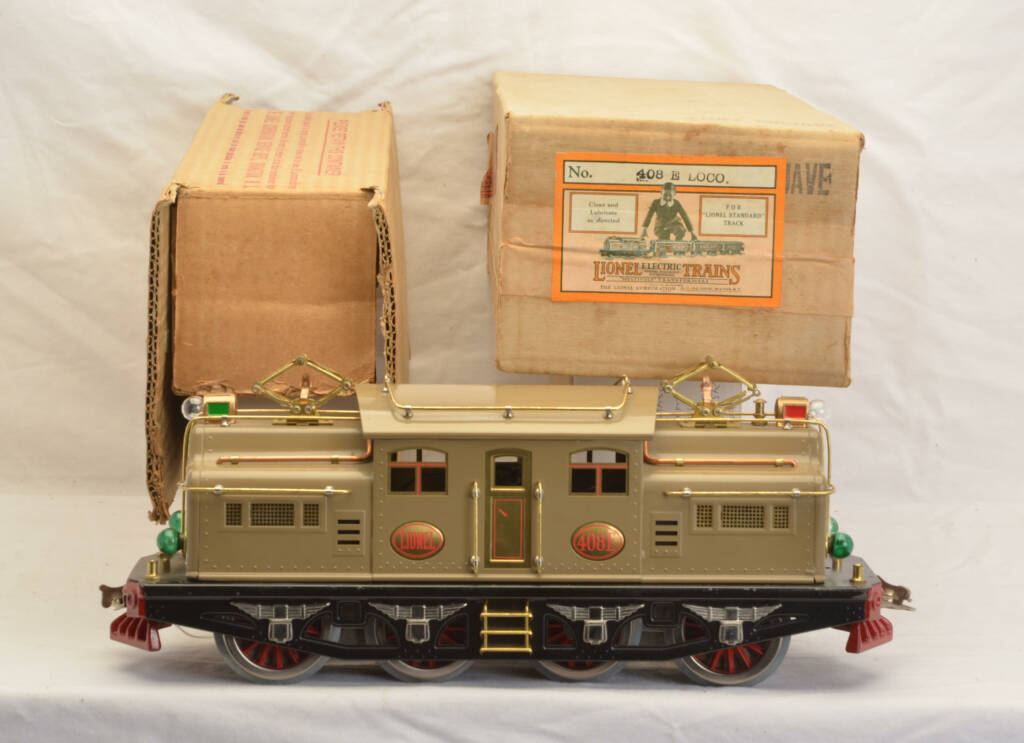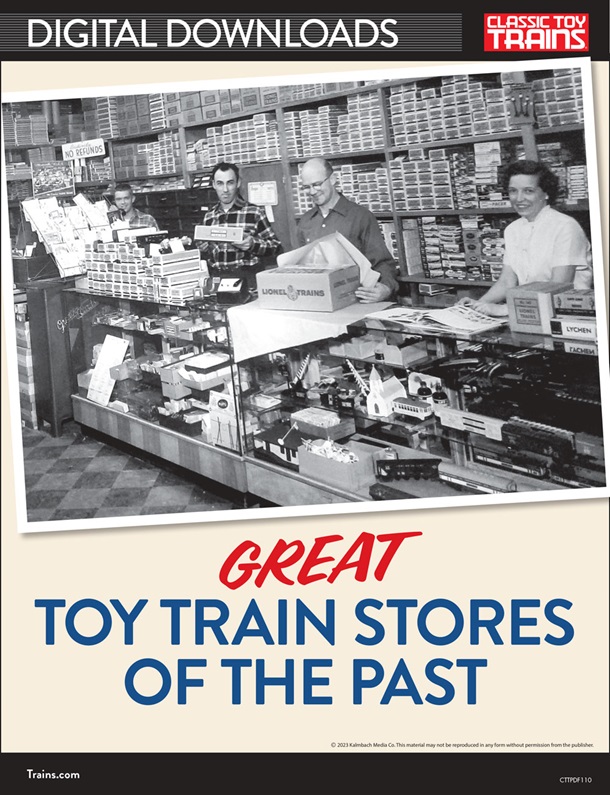I found this manuscript from the late John Grams in our manuscript files. There was no date on the envelope but it’s likely from the early 1990s. The article discusses 12 Lionel products that, while great inventions, were fraught with problems or didn’t work exactly as advertised. He included the following disclaimer:
“Lionel trains were sold as toys. They were fun, fairly reliable and expensive playthings, manufactured with no thought beyond that purpose. They were not supposed to be precision scale models. That was an entirely different thing. While they were durably constructed, the trains were not intended to outlast the interest span of their young owners. No one considered them to be objects of popular art or future collectibles.
The toy business has always been a fickle one, trendy and highly competitive. J. L. Cowen not only had fine quality imports to worry about as he built his business, the domestic competition from Ives, American Flyer, and Marx must have contributed significantly to his stress. While Lionel was eventually able to absorb Ives and Flyer, Marx was still there gobbling up the low price, high volume end of the market.
The trains were not designed and produced by Santa’s helpers at the North Pole, but by flesh and blood human beings on an assembly line in New Jersey. Mistakes happened. Flaws and defects were sometimes overlooked.”
I will be sharing these items over the next few weeks. I hope you enjoy them. –Rene Schweitzer, Editor of Classic Toy Trains
Lionel’s prewar Transcontinental Limited set
In 1929, Lionel introduced the massive and highly-detailed “State” passenger cars in their top-of-the-line Standard gauge set, the “Transcontinental Limited.” The four two-tone green cars were headed by an equally impressive looking 4-4-4 electric locomotive, the 381E, also new that year. This was indeed the ultimate in electric trains–a thing of beauty to behold.
There was one small problem. The locomotive had trouble pulling those four heavy cars, particularly on curves.
While Lionel attributed this to the slipperiness of new track against the new flanges on the engine, and recommended roughening both to increase traction, those owners who complained loud enough were given dark “State Green” dual-motored 408E’s in exchange. The next year, Lionel catalogued the set in two-tone brown, pulled by a 408E.

The dark green 408Es were all hasty factory repaints, which were never catalogued or sold separately. The only people who originally owned them were irate former 381E owners. Today they are interesting collector’s items, sought after and scarce.














